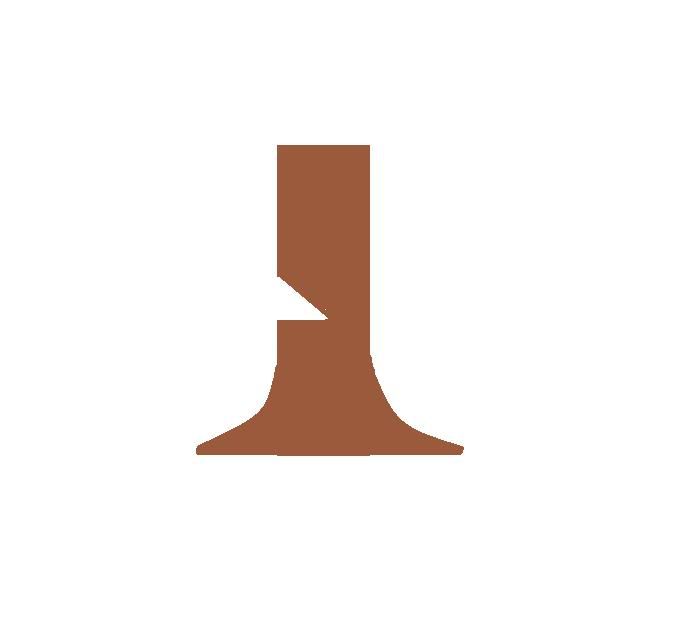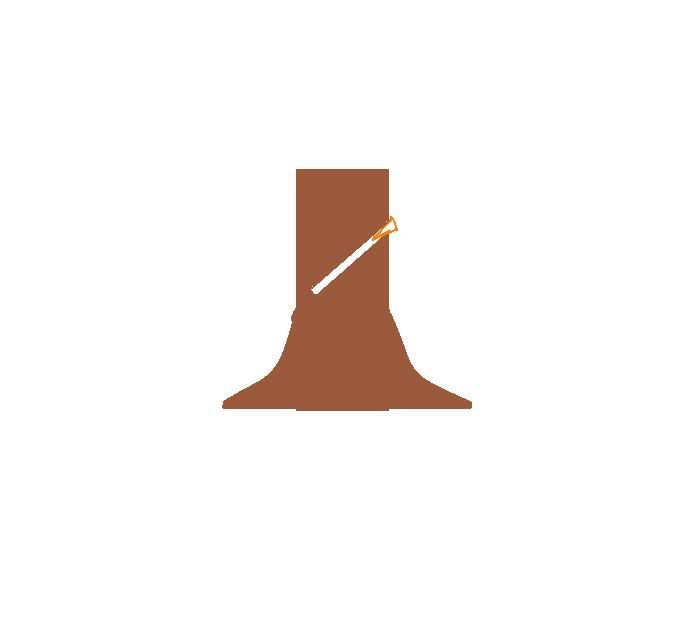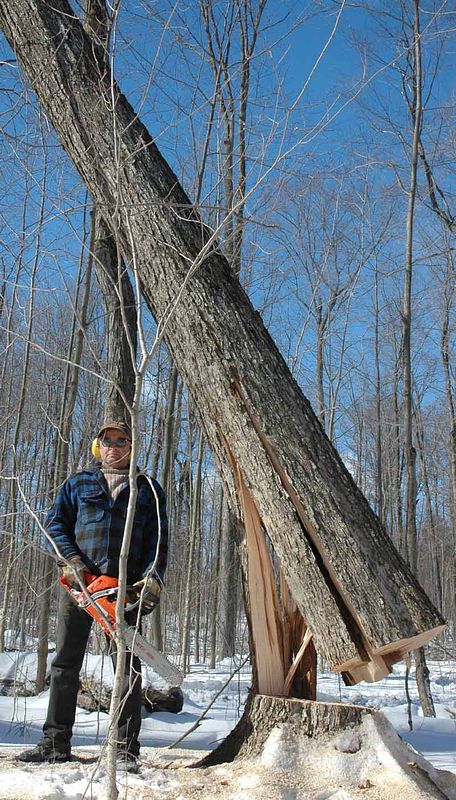bitzer
******** Timber Expert
That's a good vid. If the guy got his back cut in fast it might not have happened. He stopped cutting, I think that's why it baberchaired.
Thats kind of what it looked like. That tree didn't seem to be leaning that bad though, but then again its softwood. A whole different animal from what I usually deal in. The hard leaners I usually bore cut. I tried to swing through the back cut on a Hickory a week or two ago that was leanin but not that bad. I've cut similar ones like this, but this tree was crazy hard compared to the other ones nearby. I couldn't get the cut in fast enough and with about
5" left to the hinge on the far side of where I was standing and two inches of hinge where I was standing I hear that sickening splitting noise and she ran about 30' up the tree. The top hung up into a nearby maple and it took some fanagling with the back hoe to get it to come down. I thought about dropping that maple, but it was really sketchy. Any lean like that and I'm bore cutting from now on. I ended up cracking the bucket on the hoe and spent the rest of the afternoon, grinding and welding.








